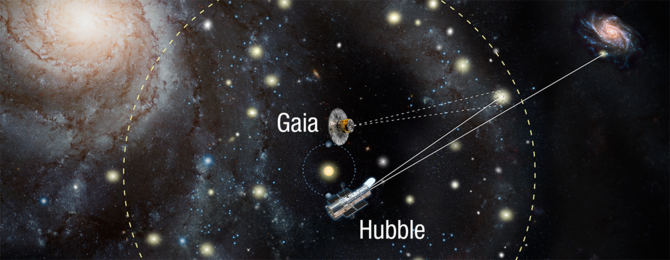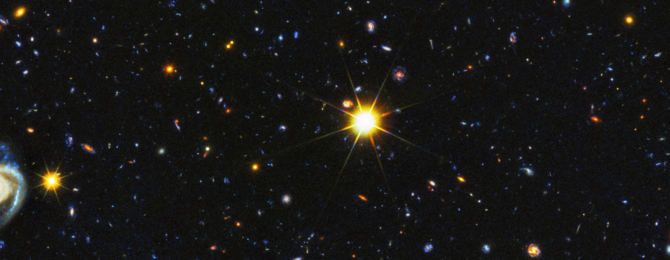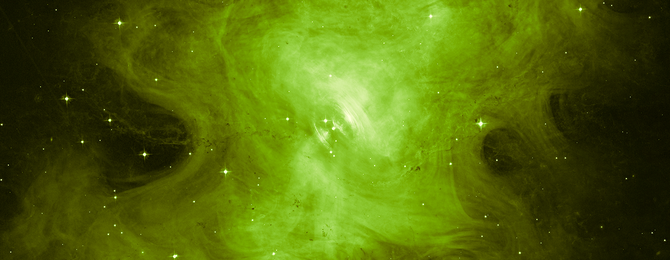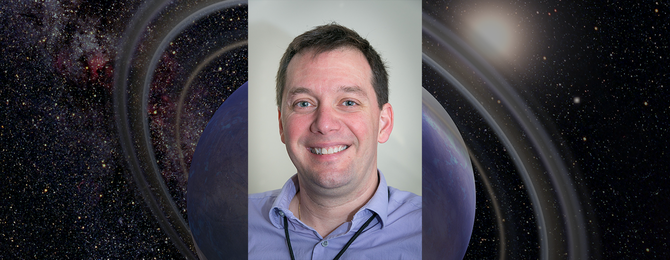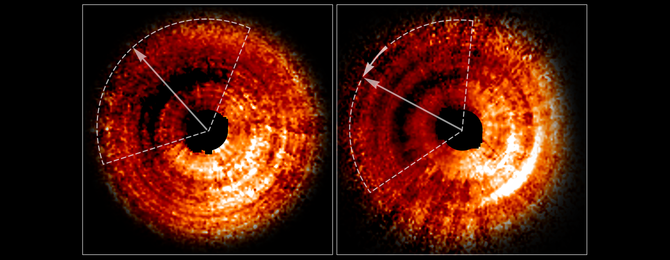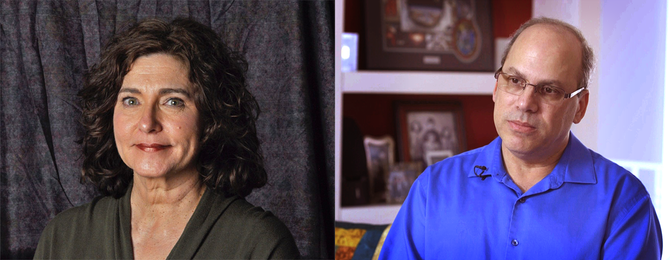Robby
Helper Bot
Our Solar System’s First Known Interstellar Object Gets Unexpected Speed Boost

Using observations from NASA’s Hubble Space Telescope and ground-based observatories, an international team of scientists have confirmed `Oumuamua (oh-MOO-ah-MOO-ah), the first known interstellar object to travel through our solar system, got an unexpected boost in speed and shift in trajectory as it passed through the inner solar system last year.
(More at HubbleSite.com)

Using observations from NASA’s Hubble Space Telescope and ground-based observatories, an international team of scientists have confirmed `Oumuamua (oh-MOO-ah-MOO-ah), the first known interstellar object to travel through our solar system, got an unexpected boost in speed and shift in trajectory as it passed through the inner solar system last year.
(More at HubbleSite.com)

